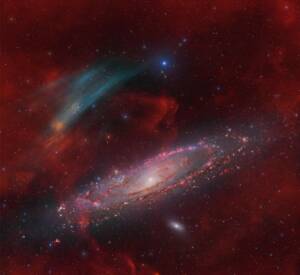
Discovery of the M31 [OIII] emission arc
Recently, a major discovery by an international team of amateur astronomers and scientists has become a huge online hit, and this new discovery is just located in one of the
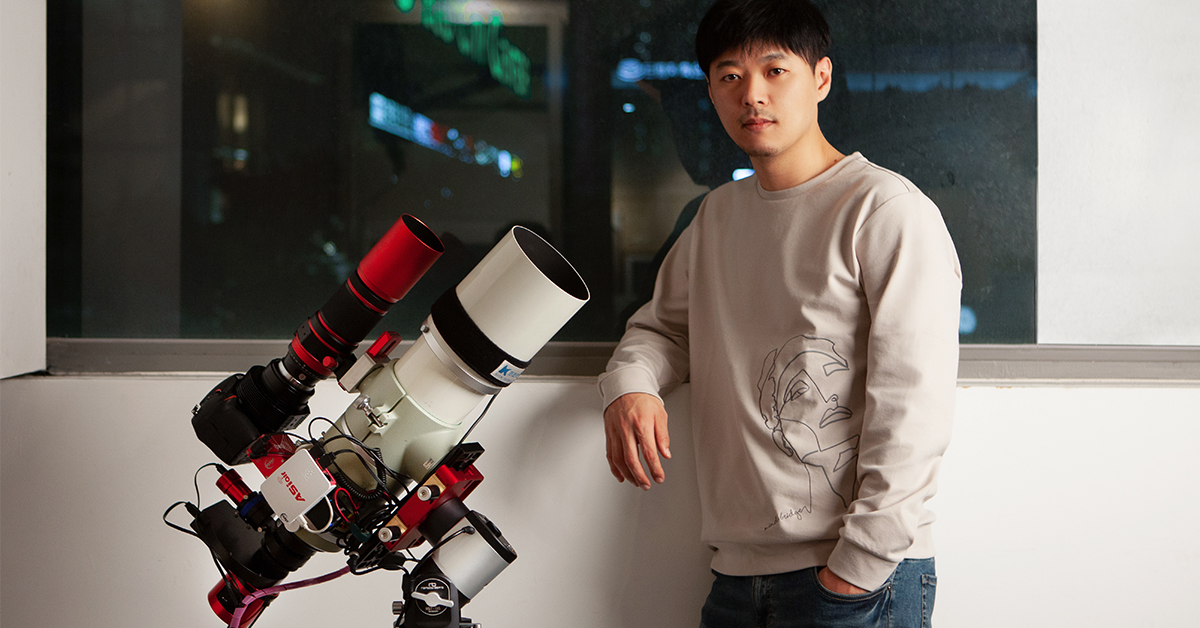
Yangshik Kong is the winner of ZWO 2019 ASIWEEK #37 and has brought us many extraordinary astronomy photos. To make our ZWOers know this excellent astrophotographer better, we make this interview. Let’s all take a look now.
Q1: At first, congratulation that your nice image wins #ASIWEEK. Can you introduce yourself to us?
Thank you for choosing my work for ASIWEEK. My name is Yangshik Kong. I am a husband to my lovely wife and father to two young children living in Korea. I majored in fine art photography in college, worked as a photographer for a fashion magazine, and now I’m running a portrait photo studio. I am flattered and very honored for this because I am just a beginner in astronomy photography. Although it hasn’t been long since I started, I am enjoying it with a great passion, and I’d like to expand not only DSO, but also to broader areas including discovering new celestial bodies.

Q2: When did you start like astronomy? And when did you have your first telescope? What’s the feeling in first observing?
My first telescope is a 60mm refracting telescope I got as a present when I was 11 which was almost like a magnifying glass. The crater and the rings of Saturn made the little boy’s mouth smile like a crescent. That image stayed with me even after 30 years and led me back to the night sky. And I can still see that little boy in the night sky through my telescopes.
Q3: When did you start DSO imaging? Can you remember your first DSO image? What’s the feeling?
I started DSO imaging in 2018 summer with NGC6995 (East Veil Nebular) using KAF-8300 mono sensor. When I first did DSO I was thrown into complete confusion. All those difficult softwares and error messages.. Also processing the images took longer than capturing them. But when I completed my first DSO through the process, it was enough to forget all those pains.
First_DSO_NGC6995_8300ccd_Aug2018
Q4: we know DSO imaging is hard, you need dark sky, good mount & scope, good camera to capture, stable guiding, post-processing skill, what is the most difficult part for you? what is the most important part for you?
None of those you mentioned is insignificant for me. However, since I already have a good camera, mount, and scope, I could say firstly good sky and secondly good post-processing skills. In my case I have to drive 2 hours to barely see Bortle 4 sky. And recently I got a chance to see the original image that was taken by a friend in Bortle 1, at ‘Dark Sky New Mexico.’ I was shocked to learn that the parts that can be expressed through hours of exposure in Korea was possible only with 10 minute exposure. Not only that, I noticed the background and the signals are completely separated, and how much easier it is to capture various DSO.
Post-processing skills are also important to me. I think it is a significant part of expressing the night sky as a photographer, apart from just taking pictures of the celestial bodies.
1600mm_LDN1235_LRGB_20hr_Sep2019
Q5: Astrophotographer usually travel long distances to the darkest places to do DSO imaging, can you tell us about your past unforgettable experience?
I always crave for darker skies, and in the fall of 2018, I was searching for extremely dark places. There were many stars in the newly discovered places but it was hard to get out of the car because I heard a lot of wild animals crying. However thanks to the dark sky, I discovered a new asteroid, and it made the day unforgettable. I’m also planning a trip to Australia next year to experience darker skies and look forward to see the stars in the Southern Hemisphere, which I have never seen in Korea.
Q6: What equipment are you use currently? Can you show us some images of your setup?
I use ZWO ASI1600mm, TAKAHASHI FSQ106 and RainbowAstro RST-135 mount.
I want to differentiate my images from other DSO image with long exposures.
However, my backyard is very luminous, so I go search for the dark night sky every night.
I always keep my equipment in the car so whenever there is a chance to see a clear sky, I am ready to travel. Therefore, I prefer equipment that is light and small in volume so it can be set quickly.
I use ZWO ASI1600, which has no trouble during the capture, Petzval type refractor telescope with no stress on adjusting distance, and RainbowAstro’s innovative weightless mount, which shows a small and complete guide.
These devices are good friends who lead me to the night sky.
Q7: What kind of telescope is your favorite? Why?
Many colleagues waste their time setting optics such as adjusting distance and optical axis.
I don’t want to miss out on limited chances of clear skies, and because I’m not proficient enough to solve those optical problems, I prefer a Petzval type refractor telescope.
But when I get to do backyard observation or remote observatory, I’ll plan to move on to Newtonian telescope with a bigger aperture.
1600mm_M16_HaLRGB_14Hr_Jun2019
Q8: When did you know about ZWO? And what’s the first ASI camera you have? Can you tell us your feeling when you get your first ASI camera?
I was using KAF-8300 mono sensor. This camera was so old that it had mechanical and software problems in every shoot. I found out that there is a camera with the same sensor size but a higher resolution, and that was ZWO ASI1600mm.
The first light target of asi1600mm was the Horsehead nebula. It was very satisfying. I value the stable drivers and image capturing of the camera compared to the one I used before. This is one of the reasons why I love the ASI camera at the expense of the micropattern problem of the 1600 sensor.
First_1600mm_shot_B33_HaLRGB_39hr_Feb2019
Q9: Which ASI camera is your favorite? And why do you choose it? Do you have any user experience share to users who wish to buy an astro camera?
I think the CMOS camera of mono sensor with high resolution of APS-C or H size and high full well is the most ideal. And the closest camera to this is asi1600mm. But if you want a higher resolution, there is ASI183mm, but its sensor size is too small. I share information with asi users in Korean celestial photographers’ community, and many of them have switched to ASI cameras. I’m really looking forward to the upcoming ASI6200, except for the pricewise.
1600mm_M81_82_HaLRGB_49hr_Mar2019
Q10: Did you know our ASIAIR? If yes, what features do you like? Any new features you like to add?
I saw my colleague using it, and I immediately went to the Internet on the site and clicked the purchase button. I think that the way it’s possible to do polar alignment using main camera is as revolutionary as when Steve Jobs announced the first iPhone. I no longer have to dedicate my precious knee to the cold floor to align the polar axis, and it helps to align the polar axis quickly and accurately. I really want to applaud for the stable GOTO system and the fast SkySolve. I think ASIAIR is a product that represents the identity of ZWO company. It’s the easiest and most perfect way to do a very difficult DSO capture. If there’s a feature I wish to be added, it would be one mount being able to control two cameras at the same time. (With Dither Sink)
1600mm_M101_HaLRGB_27Hr_Apr2019
Q11: What’s your impression of ZWO?
Not only me but also many of my colleagues are finding it difficult to shoot DSO. ZWO is guiding us into the night sky at reasonable prices, reliably and easily, and many of my colleagues are aware of this. And I’m also very happy that ZWO is working on the side of an amateur astronomer through these interviews. I hope you will continue to be a great company for many celestial photographers.

Recently, a major discovery by an international team of amateur astronomers and scientists has become a huge online hit, and this new discovery is just located in one of the
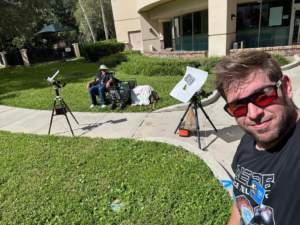
That 11-year-old boy staring at Horsehead Nebula photo would never have imagined… Decades later, he’d be capturing amazing deep-sky images from his Florida backyard! “ It was amazing to see

Hello,Sara Harvey,thanks for accepting our interview invitation. Congratulations on winning the ASIWEEK competition in week! Q1: At first, congratulation that your nice image won #ASIWEEK. Can you introduce yourself to
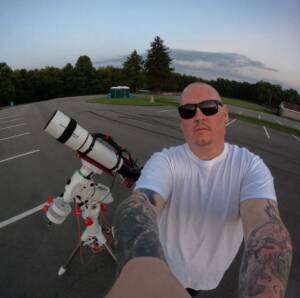
Astrophotography is more than just capturing images of the night sky—it’s a journey of discovery, patience, and creativity. For this passionate astrophotographer, what started as a chance encounter with a
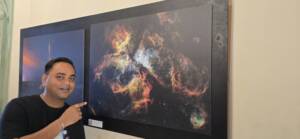
Taranjot Singh, an Indian origin Australian astrophotographer who is making waves on the international stage. Taranjot has been recognized as one of the Top 5 finalists in the prestigious Siena
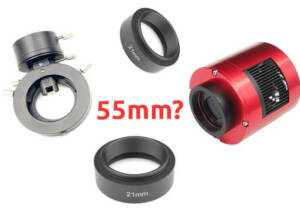
The back focal length is advised by telescope manufacturers. Since most telescopes have a 55mm back focal length, we are here to provide detailed instructions for all ASI cooled cameras.Please